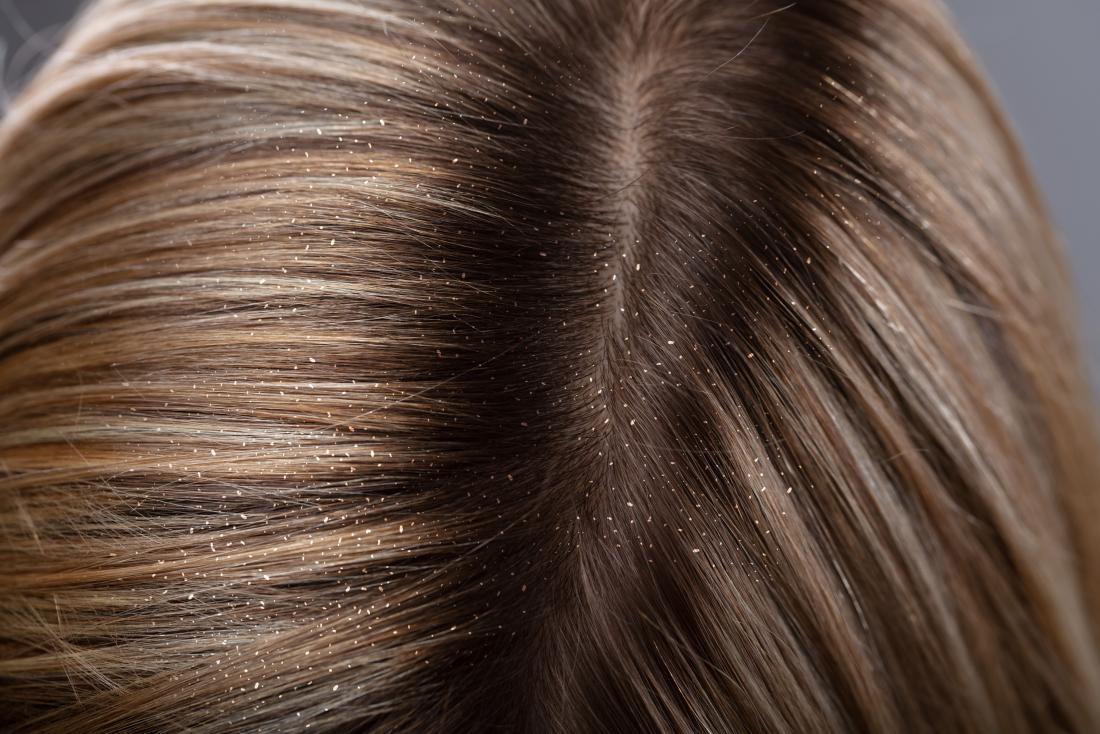
Scratching one’s head, how would one know if one has lice or dandruff? They commonly cause irritating itch but they are two absolutely different problems in terms of their cause, symptoms, appearance, location as well as treatment.
Cause:
Head lice are common amongst school children between 4-11 years old. They are basically insects that live on human hair, feed off human blood and they are easily caught through head-to-head contact with someone else that has hair lice.
Dandruff, on the other hand, is a skin condition and is not contagious. It is commonly associated with certain conditions such as excessively dry or oily skin, fungal infections, eczema, seborrhoeic dermatitis, and psoriasis. These conditions may cause the build-up of dead skin cells which thus results in the white flakes of skin that you see on the scalp. As opposed to head lice, dandruff more typically affects adolescents and young adults. Older adults and babies may also have dandruff especially if they suffer from skin disease such as those listed above.
Symptoms, appearance, and location:
Head lice and dandruff share certain similar characteristics as they both cause itching and white flecks in the hair. Even then, their symptoms have different characteristics themselves. For example, the itching caused by hair lice is due to the saliva of lice irritating the scalp while scalp dryness causes the itching in dandruff. They both cause white specks in the hair as well. However, the white specks in hair infested with lice are likely to be empty eggshells left behind after they have hatched while the white specks in dandruff happen to be flakes of dry skin from the scalp.
Those with head lice may also face other symptoms such as the presence of head lice and nits in hair and experience a sensation of movement on the scalp caused by the lice. Lice are grey-brown in color, about the size of sesame seeds while the nits (eggs of lice), are <1mm, brown or white in color and are stuck to hair strands close to the roots of one’s hair. Nits are commonly found behind the ears and nape of the neck where the lice prefer to lay eggs.
For dandruff, additional symptoms include skin on the scalp that looks extremely oily or dry skin to see or touch. There may even be scaly skin patches and this is especially common in those with psoriasis and seborrhoeic dermatitis. Unlike head lice, dandruff usually affects the whole head.
Treatment:
As they both have different causes, lice and dandruff are treated differently. Treatment of head lice requires the elimination of the insects manually using a method known as “wet combing.” It involves combing through the hair with a fine-toothed comb after a wash with shampoo and a generous application of hair conditioner and it is a routine repeated every 3-4 days for about 2 weeks. Insecticide lotions are used when the manual method fails.
Dandruff, on the other hand, is treated mainly with anti-dandruff shampoo. These shampoos have active ingredients such as zinc pyrithione, salicylic acid, selenium sulfide, and coal tar. Of course, if one has an underlying condition such as psoriasis or fungal infection that tend to have other additional symptoms, more extensive treatment may be required.
In the end, when it comes down to differentiating lice from dandruff, the easiest method is to comb the hair and see what falls out. Nits are not easily removed from the hair strands while dandruff falls off easily. Of course, if you do see lice falling out, you most certainly have hair lice infestation.
Read lice answers by DoctorOnCall to find more information about this problem.

